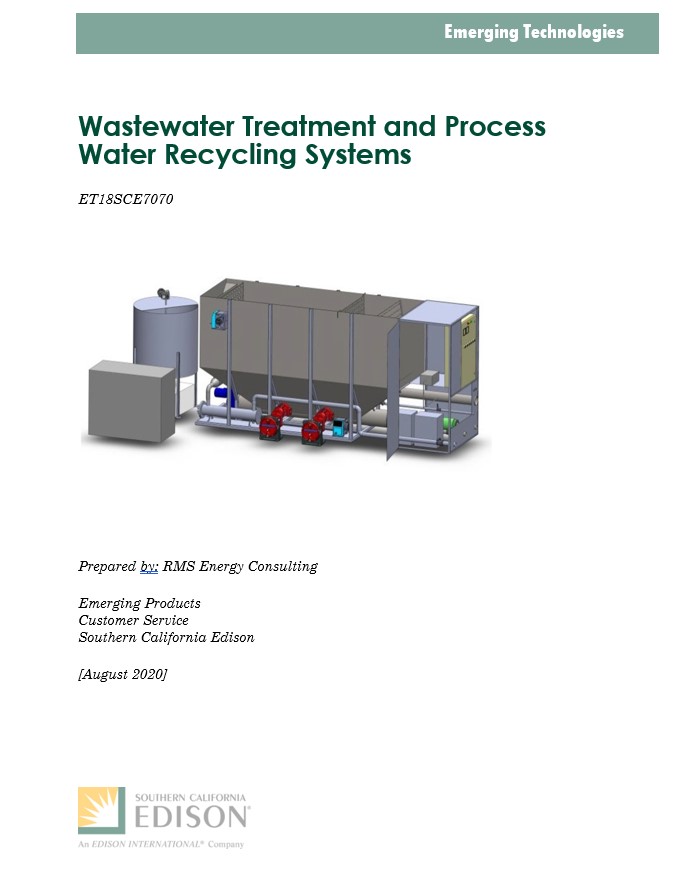Project Info
COMPLETE
 Project Title
Project Title
 Project Title
Project Title
Wastewater Treatment and Process Water Recycling Systems
Project Number ET18SCE7070 Organization SCE End-use Process Loads Sector Agricultural Project Year(s) 2018 - 2020Description
This Project proposes to demonstrate the benefits of the installation of a wastewater treatment system designed to reduce the amount of energy and water consumed at a dairy. The demonstration results will identify pumping energy reduction, water savings, reduced water intake from wells through the reuse of recycled water, and GHG opportunities. The Project will outline the treatment requirements based on sizing calculations conducted in the system design, commissioning and M&V data collections.
Project Report Document
Loading PDF Preview...
